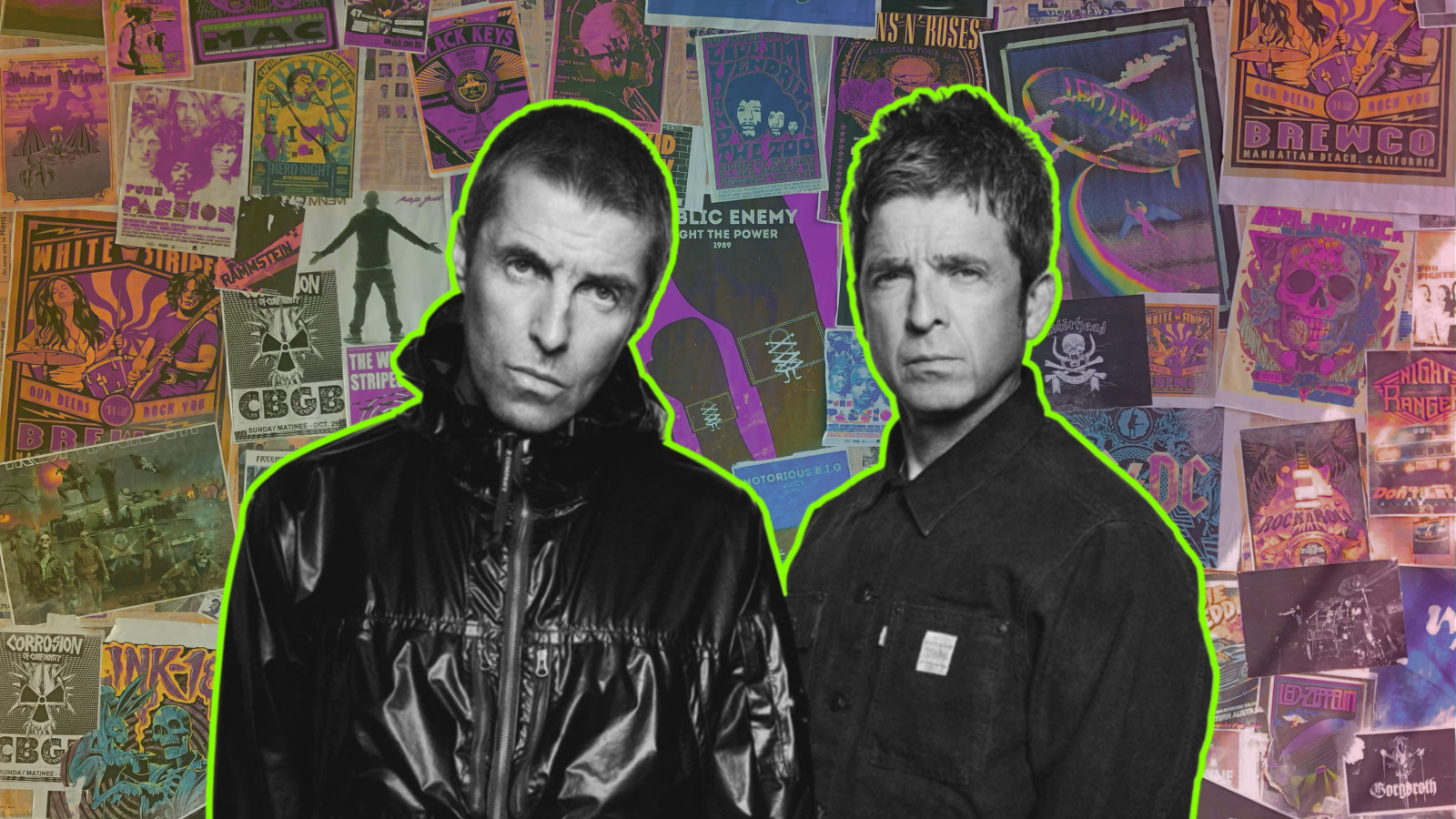Fandom as a multi-layered experience

Photo: Simon Emmett

In today’s hyper-connected digital landscape, fandom is often misunderstood as a static identity, a label adopted after buying a concert ticket or streaming an album. This passive view misses the essence of what makes fandom so compelling. Fandom is not just a noun, but a verb too. As much as it is something you are - it’s also something you do.
The distinction becomes clear when comparing two experiences. Imagine walking into the Oasis Carnaby St shop and taking a T-shirt off the rack – simple, transactional, and forgettable. Now, imagine falling down an eBay rabbit hole, hunting for a rare vintage tour tee from 1995, trading stories with fellow collectors, and finally securing that elusive piece of memorabilia.
Both are methods of displaying your fandom. One directly supports a band, the other supports a community, but there is a clear difference: one is consumption, the other is participation.
The reward lies in the hunt
Fandom thrives on effort, discovery, and the thrill of the chase. The deeper you dig, the more meaningful the connection becomes. This is why limited-edition vinyl releases, fan-made merch swaps, and obscure collectibles hold such cultural weight – they are earned, not just bought.
In an era where algorithms frictionlessly present us with content, active fandom is a rebellion against passive engagement. Streaming a song on Spotify alone doesn’t make you a fan, it begins a process into fandom. You might start dissecting its lyrics, hunting down demo versions, and debating its meaning with fellow enthusiasts. The joy really is in the journey.
Podcast fandom has already picked up on this. The premium memberships for many podcasts now also have a Discord or community alignment model attached. This shows an understanding that fandom is, at its best, a shared experience and a community – something that ebbs and flows when people display their fandom in the same way you do.
Featured Report
India market focus A fandom and AI-forward online population
Online Indian consumers are expected to be early movers. They are high entertainment consumers, AI enthusiasts, and high spenders – especially on fandom. This report explores a population that is an early adopter, format-agnostic, mobile-first audience, with huge growth potential.
Find out more…Beyond concert merch: The thrill of the chase
While concert merch is an obvious touchpoint, it’s often the easiest form of engagement. True fandom extends into collecting deep cuts like B-sides and bootlegs, participating in niche communities on Discord or Reddit, creating fan art or remixes, and scouring boot sales for relicts. Each of these acts requires active investment – time, curiosity, and emotional bandwidth. That’s precisely what makes them valuable. DJs and vinyl enthusiasts showcase obscure B-sides with relish not just because of the music but because of what it took to unearth them.
Why this matters for the attention economy
We’re in the age of shrinking attention spans, but active fandom represents the ultimate counter-narrative. Conventional wisdom claims we're too time-poor for deep engagement, but fandom tells a different story. Fans will gladly invest hours hunting rare vinyl or dissecting lore when the experience delivers authentic value.
Brands and artists often mistake fandom for mere consumption, but in a world where attention is the scarcest commodity, active fandom is the thing to have.
Music artists who reward deep dives cultivate stronger fan bonds. Streaming platforms that facilitate discovery, such as Bandcamp’s deep catalogue or SoundCloud’s remix culture, foster more engaged users. Even brands that tap into the hunt, through limited drops or ARG marketing, create more lasting cultural impact than those relying on passive ad-impressions.
Fandom isn’t always on, but it’s not stagnant either
The biggest misconception is treating fandom as a fixed state. Like any relationship, it evolves. A fan who once spent hours on fan forums may now express their passion through TikTok edits. The medium changes, but the activity remains.
For businesses, this means shifting focus from simply monetising fandom to enabling it. Rather than just selling merchandise, provide a framework for fan creation. Instead of generic loyalty schemes, reward the deep divers with early access and exclusives. And above all, accept the chaos. Fandom is messy – it rarely fit into a 12x12 high-street store. It’s sprawling, personal, and omnipresent.
Fandom as a lifestyle
Fandom is not about what you own, it's about what you do. The eBay scavenger hunts, the late-night wiki deep dives, the heated fan theories – these are the moments that transform casual listeners into lifelong devotees.
To get the most out of fans is to understand that the most valuable are not just the ones who spend the most – they’re the ones who invest the most. For artists, platforms, and brands, recognising this difference is the key to building lasting cultural relevance.

The discussion around this post has not yet got started, be the first to add an opinion.